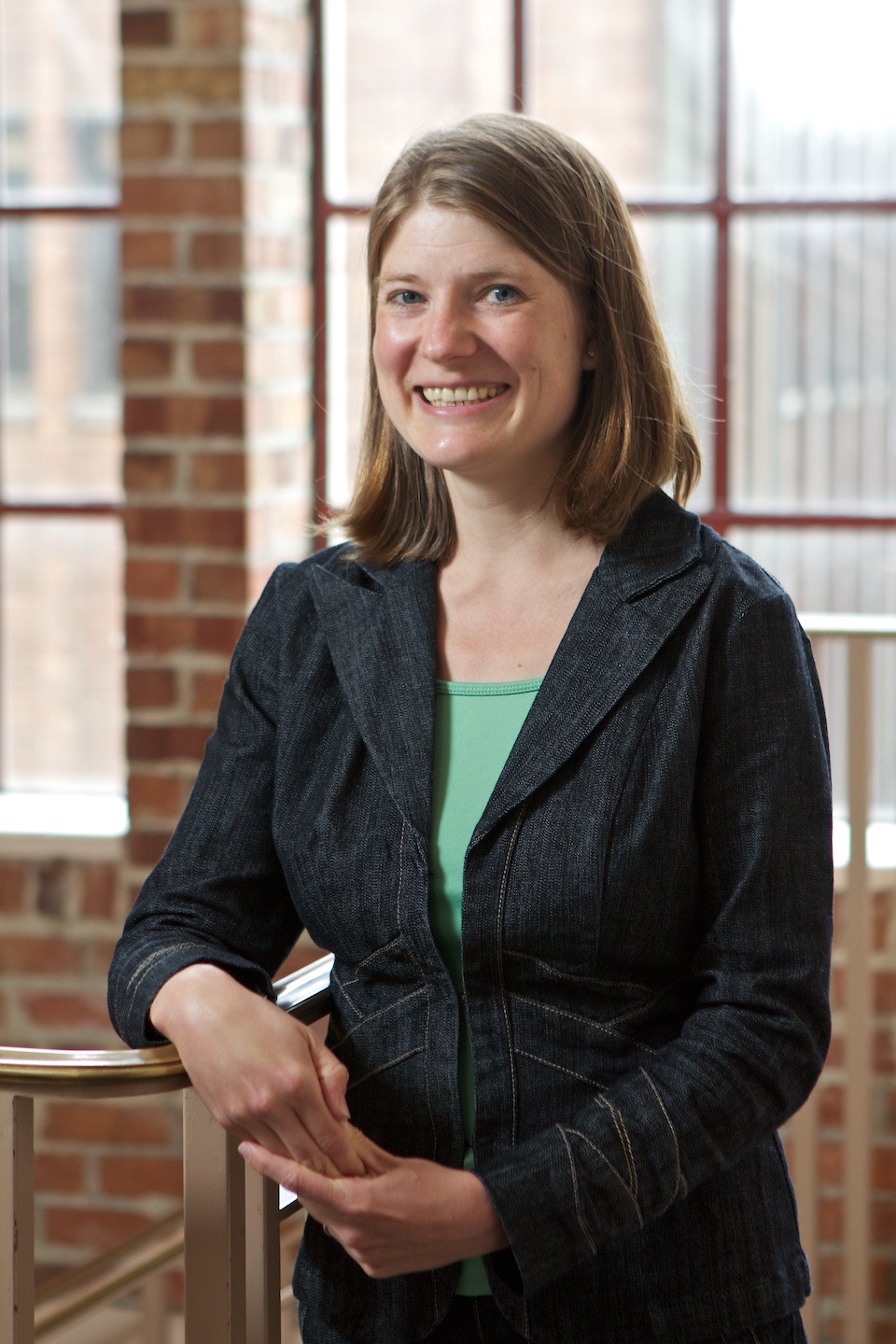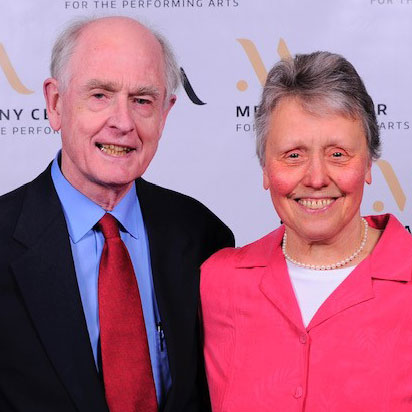This lectureship was founded in 2013 by Steve and Sylvia Burges. The purpose of the endowment is to support an annual public lecture by distinguished practitioners in the field of Civil and Environmental Engineering to broaden the horizons of engineering students and professionals beyond the purely technical challenges of our times.
Speakers include faculty members in the department as well as experts identified by faculty as possessing perspectives, expertise and/or experience of particular importance and interest to the field of civil and environmental engineering.
2025 lecture
Patterns in the Peak: Understanding Mountain Hydrology

Featuring Dr. Jessica Lundquist
Professor, Civil and Environmental Engineering
About the speaker
Dr. Jessica Lundquist is a Professor in the Department of Civil and Environmental Engineering at the University of Washington. She earned her B.S. in Atmospheric Science from UC Davis, her M.S. in Oceanography from Scripps Institution of Oceanography (SIO) at UC San Diego, and her Ph.D. in Oceanography also from SIO,
focusing on diurnal cycles in mountain streamflow. Dr. Lundquist has received numerous honors, including the AGU Cryosphere
Young Investigator Award (2008), the Water Resources Research Editor’s Choice Award (2014), the American Geophysical Union Ambassador Award (2024), and the American Meteorological Society Horton Lectureship in Hydrology (2025).
Abstract
Mountains supply essential water for agriculture and cities, but figuring out exactly how much water is stored in mountain snow can be difficult due to the rugged terrain and unpredictable weather. Despite this, forecasts for how much water will flow from these snow-covered mountains in spring and summer have been reliable for nearly a century. This is because snow accumulation and melt follow consistent patterns year after year, shaped by the landscape. In this lecture, Dr. Jessica Lundquist will discuss how understanding these patterns can help us better predict snowmelt and streamflow. She will also highlight ongoing research efforts to address the challenges of collecting reliable data in remote mountain
environments.
About the donors

Sylvia and Steve Burges have been associated with the University of Washington since September 1970, when Steve joined the faculty as an Assistant Professor of Civil Engineering. Shortly thereafter, Sylvia earned two University of Washington master’s degrees: a Master of Education (Educational Psychology Counseling) in 1973 and a Master of Science (Civil Engineering Department) in 1976. During her career, Sylvia conducted water quality and environmental studies for consulting engineering firms. She joined Region 10 of the U.S. Environmental Protection Agency in 1988, where she spent the rest of her professional career as a Resource Conservation and Recovery Act enforcement officer. Steve spent his career as a University of Washington faculty member attaining the rank of Professor in 1979. He became a registered Professional Engineer in 1980, a Professional hydrologist in 1990 and a Diplomat Water Resources Engineer in 2005. Steve retired from the university in 2010 with the title of Professor Emeritus.